
Big MoMA’s House Big MoMA’s House
MoMA’s new expansion plans represent avant-gardism at its most deracinated.
Feb 19, 2014 / Books & the Arts / Michael Sorkin
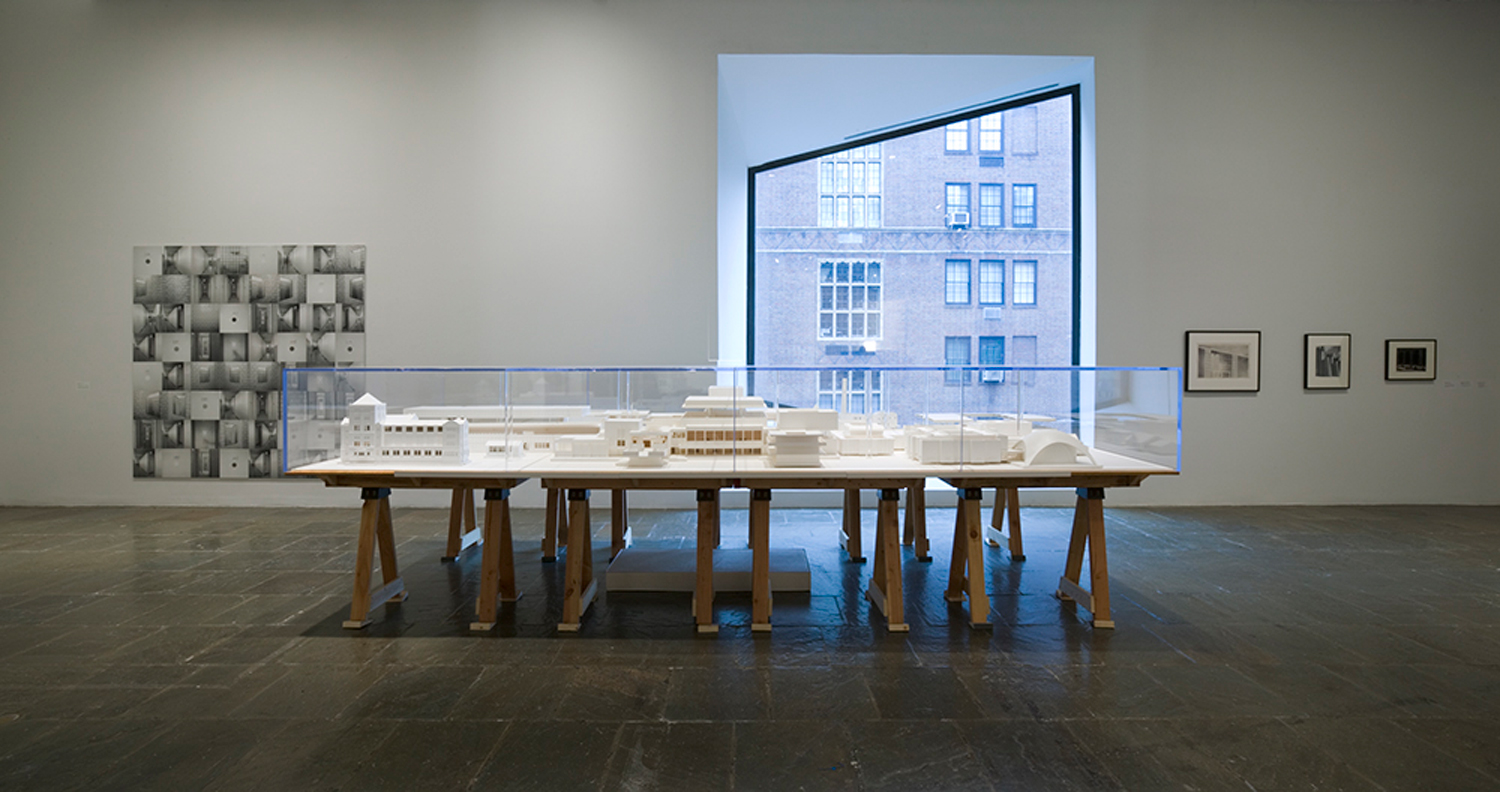
Permission to Fail Permission to Fail
MFAs aren’t a problem: it’s artists being content with what they know.
Jan 22, 2014 / Books & the Arts / Barry Schwabsky
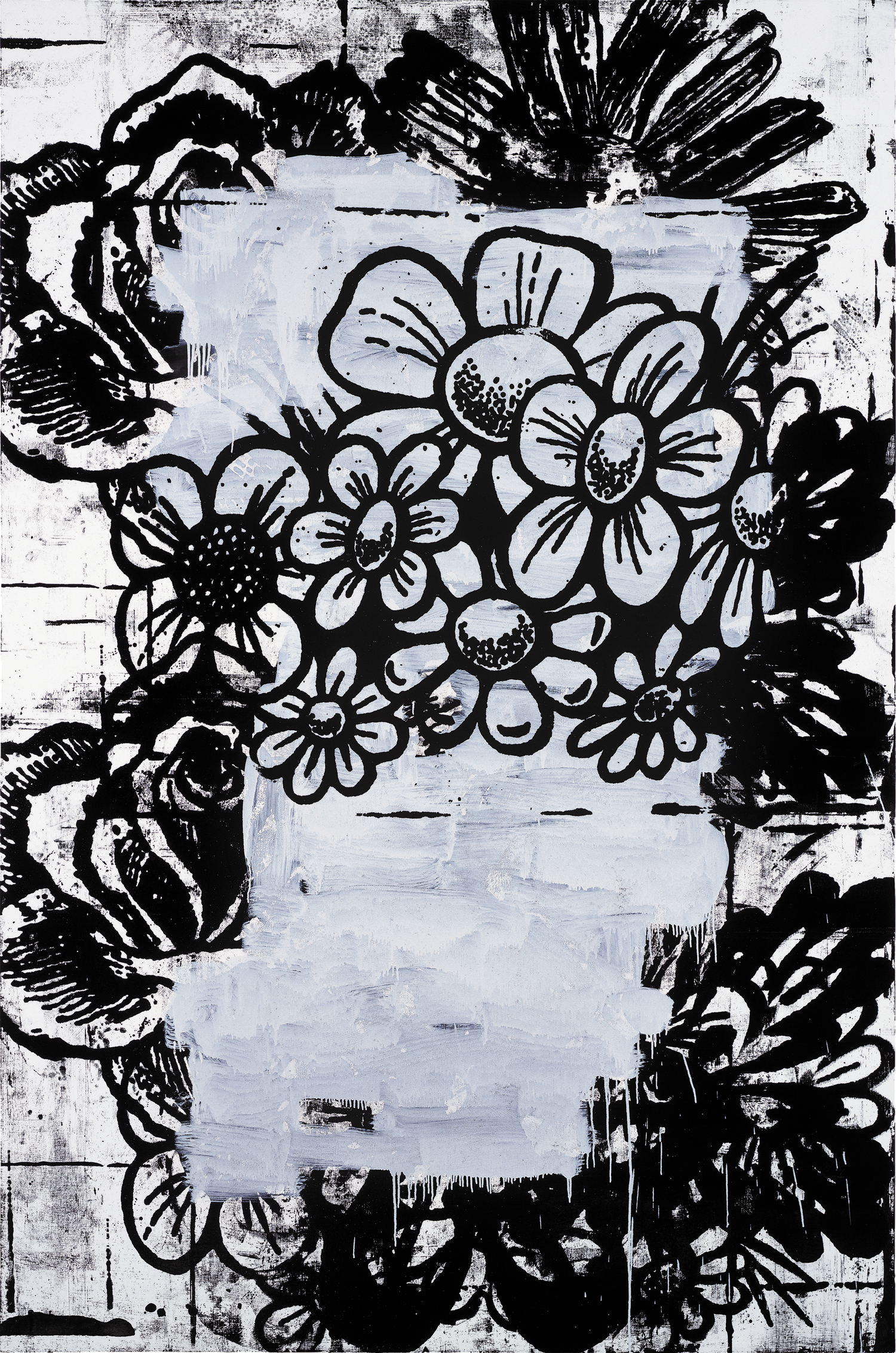
Surviving the Moment Surviving the Moment
Do our financial wizards, like vampires, leave no reflection in the mirror of art?
Dec 18, 2013 / Books & the Arts / Barry Schwabsky
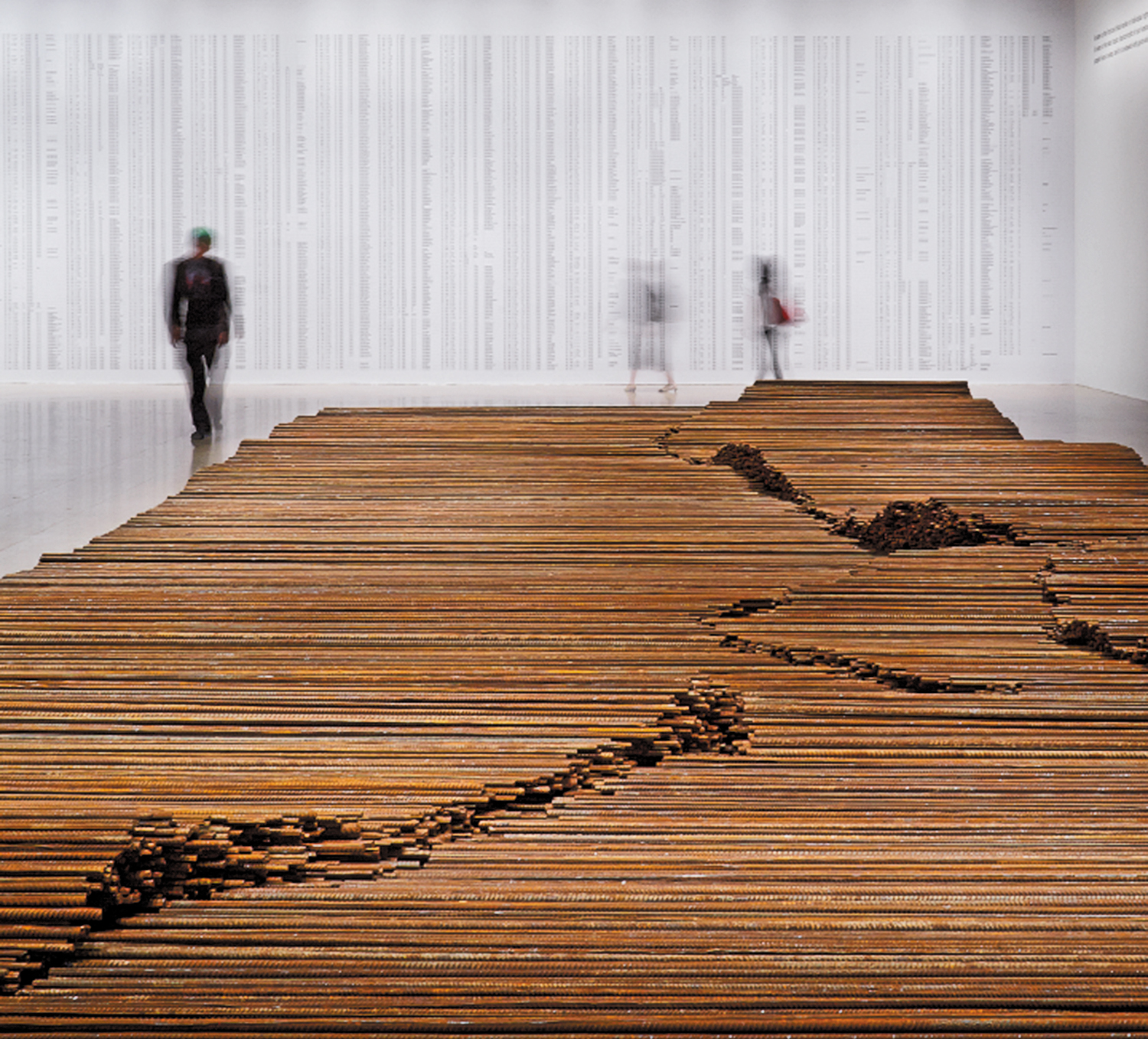
Monumental, Imperial Monumental, Imperial
The beauty and muchness of Ai Weiwei’s art is often underwhelming.
Nov 25, 2013 / Books & the Arts / Barry Schwabsky

Arthur Danto: A Critic With ‘a Beatific Sense of Wonder’ Arthur Danto: A Critic With ‘a Beatific Sense of Wonder’
If, in an age of mechanical reproduction, art had lost its aura, he restored that aura; he enchanted an unenchanted world.
Nov 6, 2013 / Books & the Arts / Elizabeth Pochoda
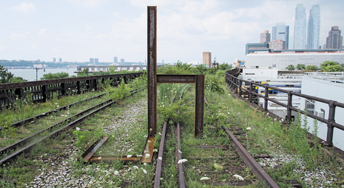
Abandoned Futures: On Carol Bove Abandoned Futures: On Carol Bove
Sculpture as a study in disintegration.
Oct 1, 2013 / Books & the Arts / Barry Schwabsky

More of Less More of Less
Thomas Hirschhorn’s unmonumental monument to egalitarianism and Antonio Gramsci.
Sep 4, 2013 / Books & the Arts / Barry Schwabsky
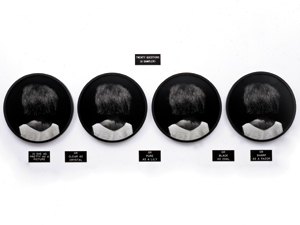
Showing, Saying, Whistling: On Lorna Simpson and Ahlam Shibli Showing, Saying, Whistling: On Lorna Simpson and Ahlam Shibli
Two photographers focus on the difficulties of putting words to what one sees.
Aug 13, 2013 / Books & the Arts / Barry Schwabsky

For and Against Method For and Against Method
A painter who never lost sight of life’s being perpetually in transition.
Jul 31, 2013 / Books & the Arts / Barry Schwabsky

Transient States: On Mary Cassatt Transient States: On Mary Cassatt
In her printmaking the artist searched for a constantly elusive vision.
Jun 5, 2013 / Books & the Arts / Barry Schwabsky
